Rolls-Royce has tested a new all-electric aircraft, which it says could be the fastest plane of its type in the world.
The Spirit of Innovation aircraft achieved a top speed of 387.4mph during one of three test runs in Wiltshire, which is believed to be a new world record.
Over a distance of 1.9 miles (3km) the all-electric plane reached a top speed of 345.4mph. It then hit 330mph over 9.3 miles (15km).
Aerospace company Rolls-Royce, separate entity from Rolls-Royce the car manufacturer, said that its aircraft travelled more than 132mph faster than the previous record set by the Siemens eAircraft-powered Extra 330 LE Aerobatic in 2017.
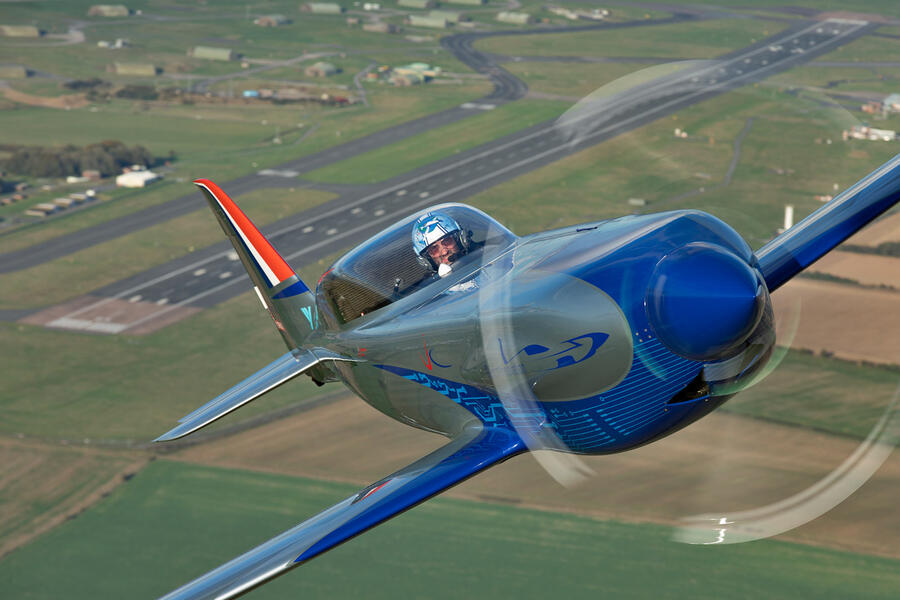
The Derby-based firm also claims to have broken the record for the fastest climb to 3000 metres by an electric plane by 60 seconds, with a recorded time of 202 seconds.
Spirit of Innovation has a 400kW battery, with a power output of just under 500bhp. Rolls-Royce says this is the most power-dense propulsion battery pack ever assembled in aerospace.
The test flights were undertaken by test pilot and director of operations Phill O’Dell. He said: “Flying the Spirit of Innovation at these incredible speeds and believing we have broken the world-record for all-electric flight is a momentous occasion.
“This is the highlight of my career and is an incredible achievement for the whole team.”
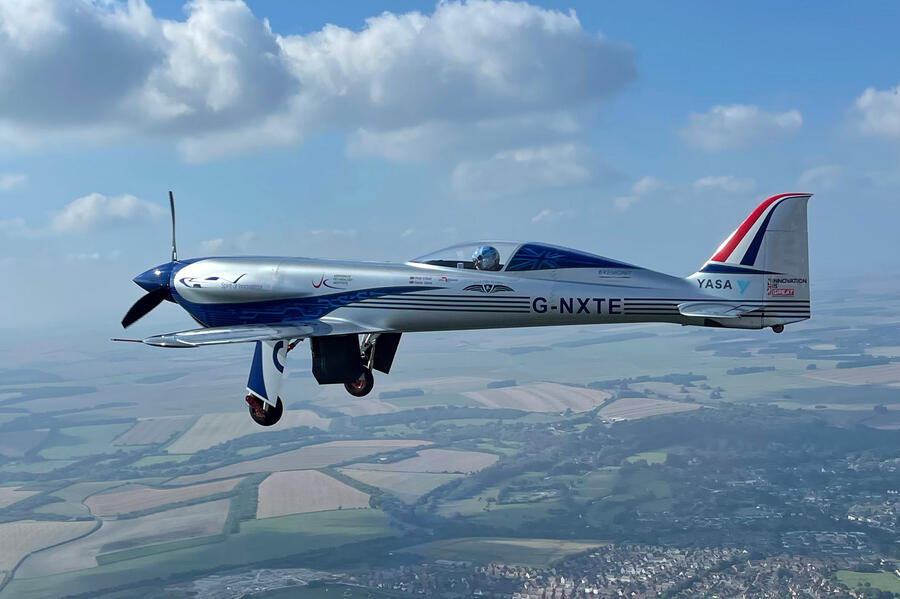


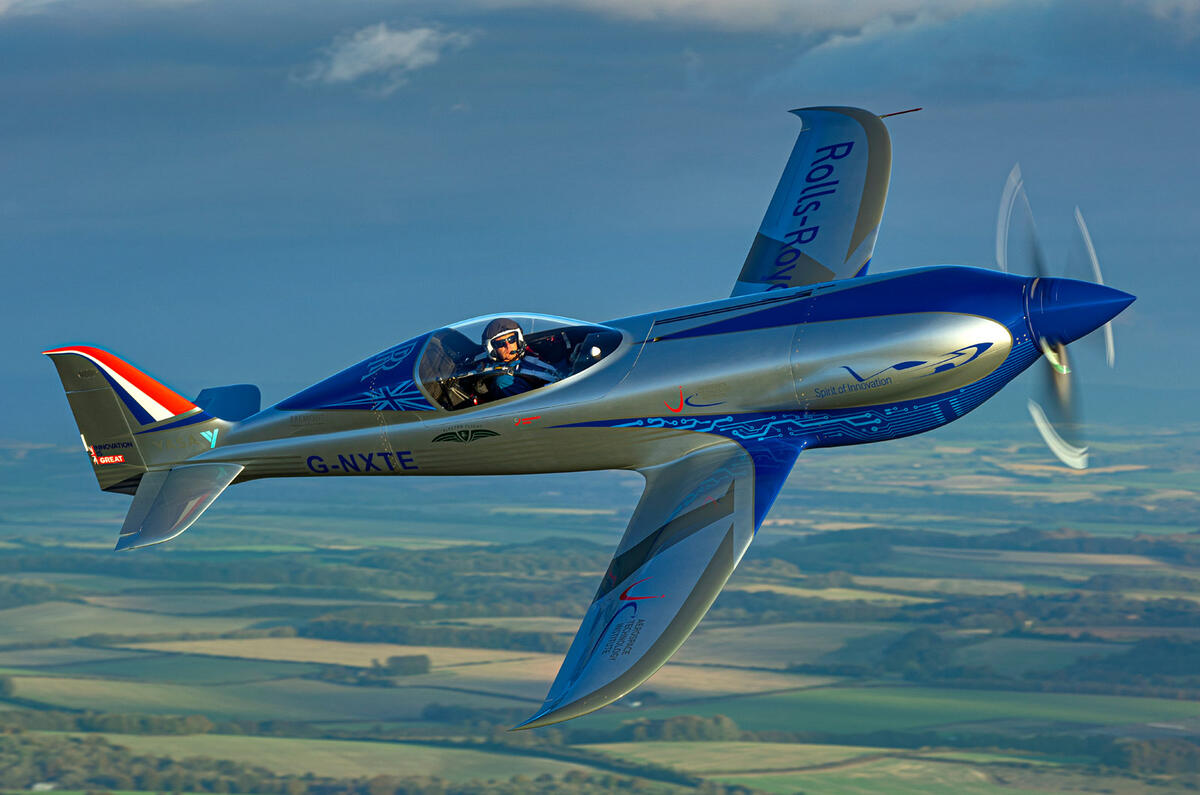
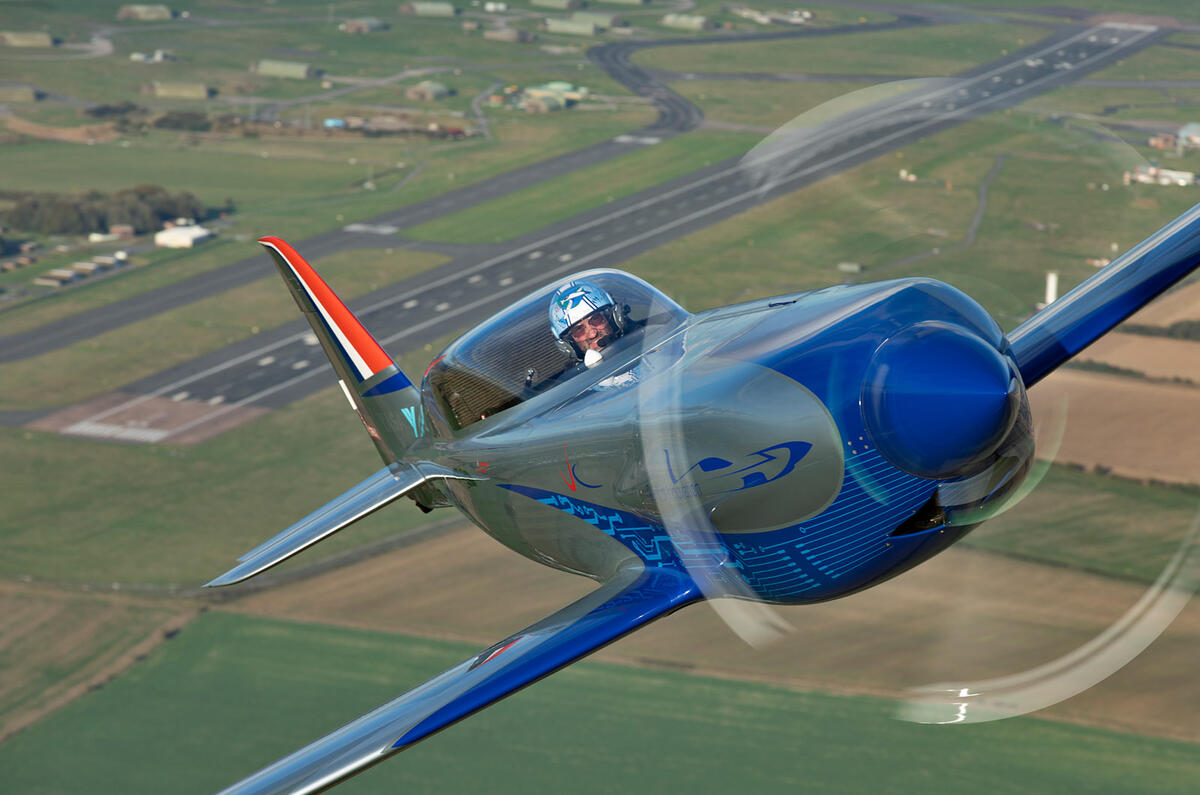
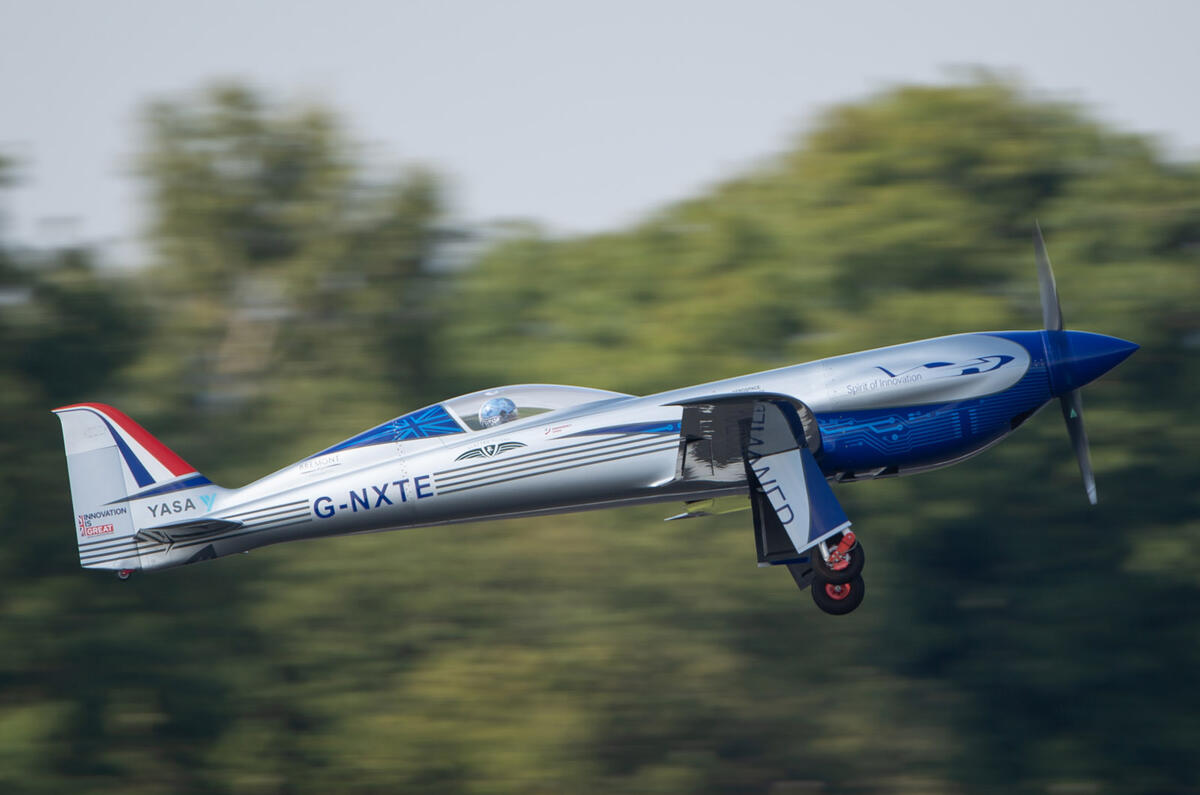
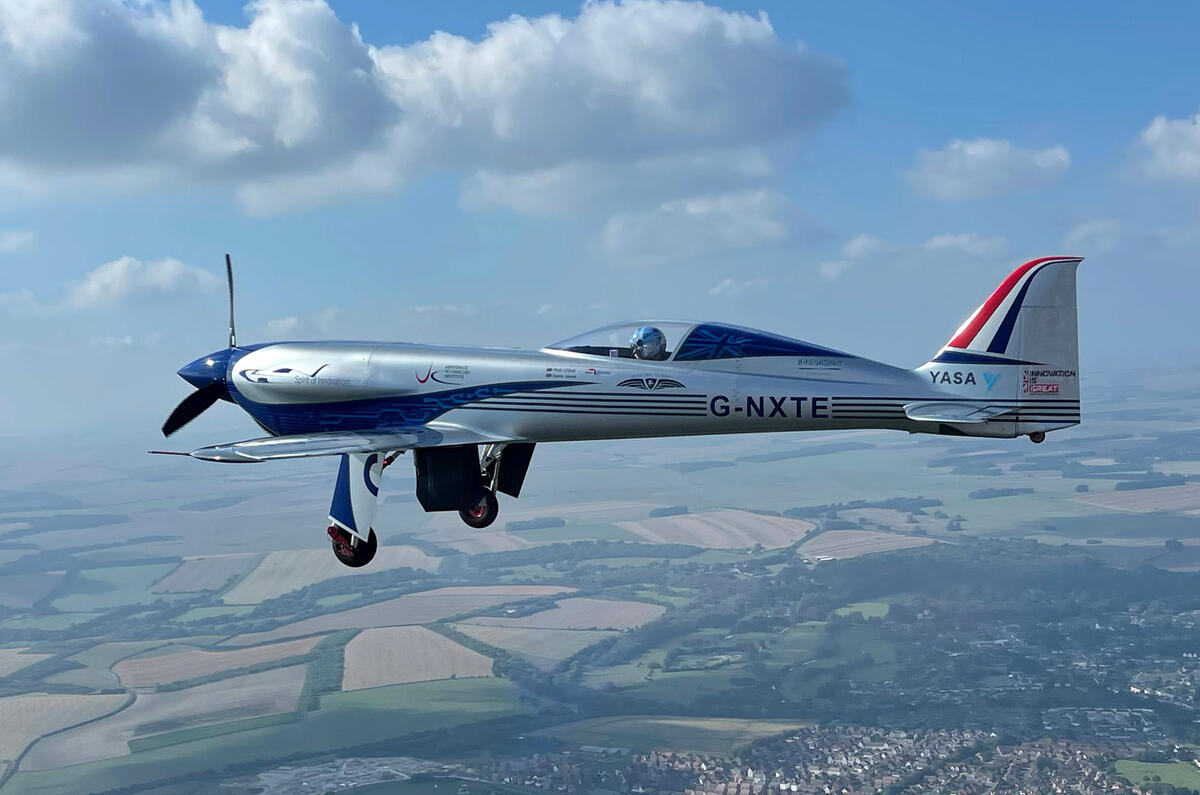
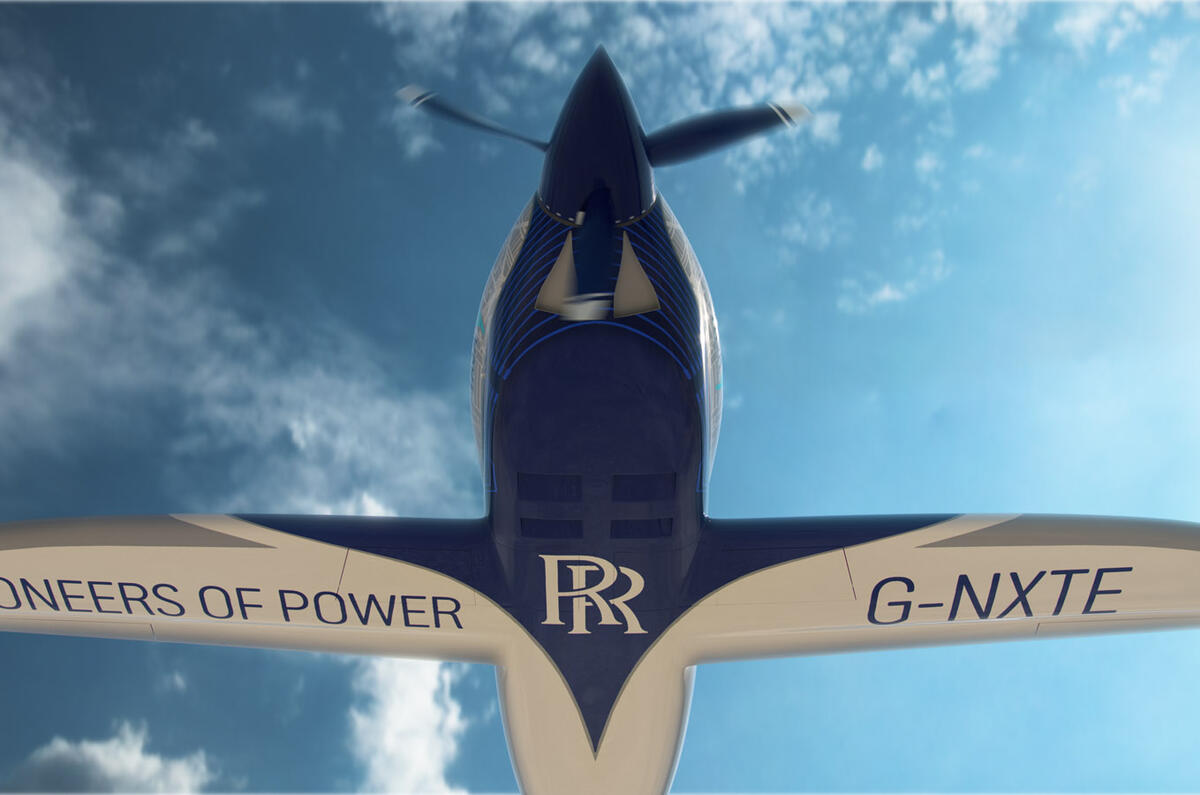
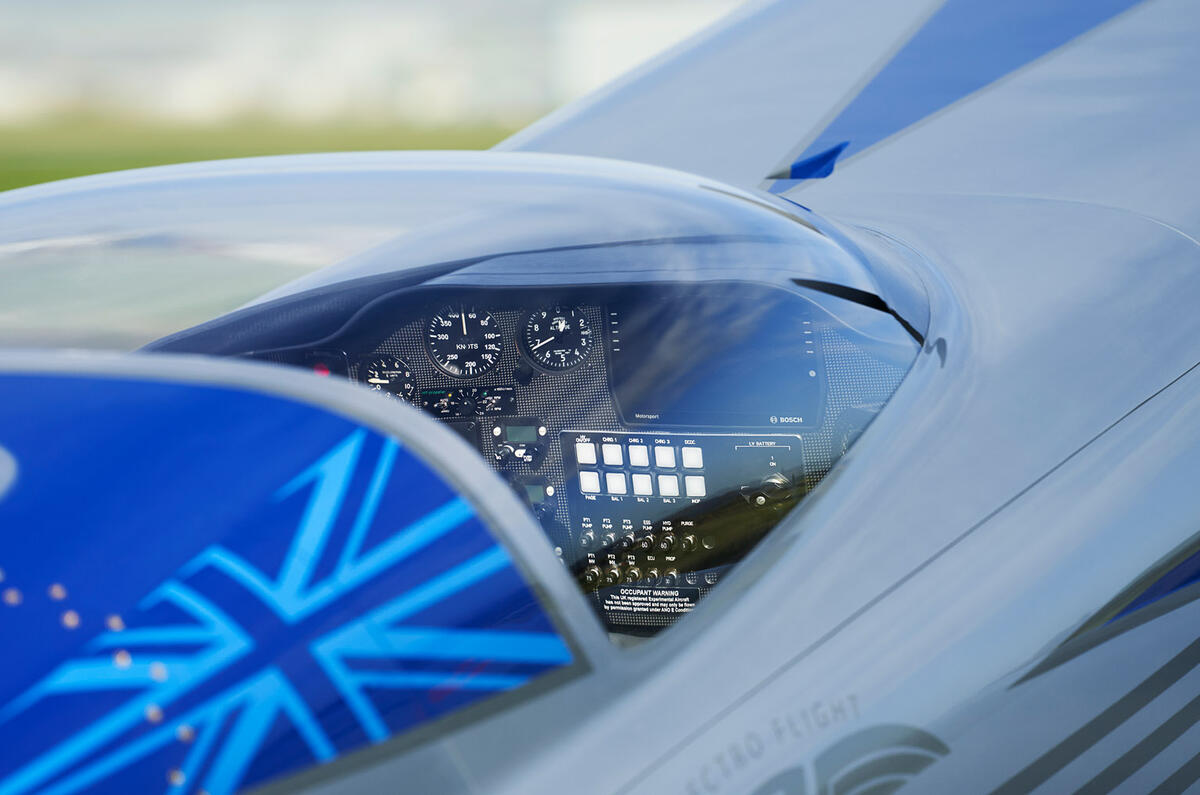
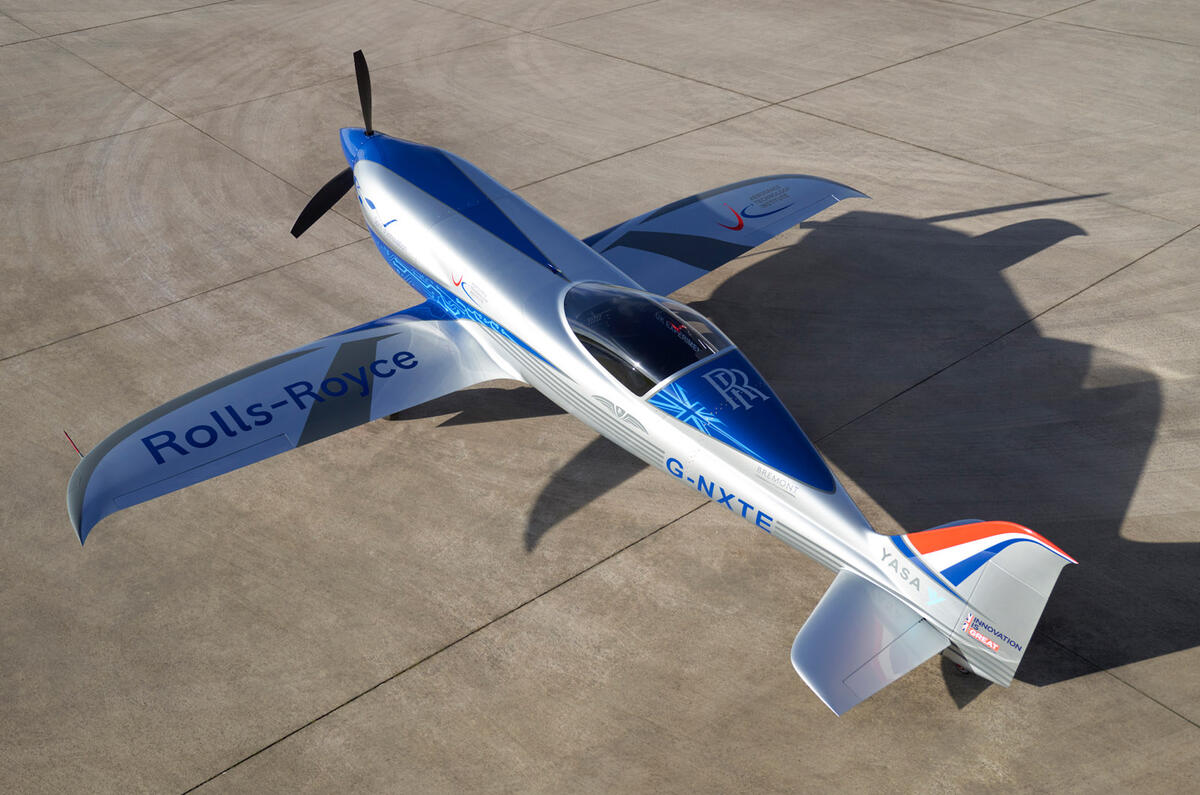
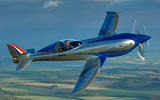










Join the debate
Add your comment
The only aircraft whose speed is greater than its range! Electric aircraft will come, but battery aircraft never.
I mean you can literal buy a battery electric aircraft now for flight training and people are doing so because they are cheaper to operate than a piston powered training aircraft.
Regional electric aircraft are at the prototype stage now and those are planned to have an operational range of about 500-600 miles. Again they have plenty of orders because they are expected to be cheaper to operate than existing aircraft. Expect that range to go up by 5-8% a year (compound) ergo the range doubles every 9-14 years.
It is perfectly possible to design an aircraft with ~2000-3000 miles of electric range with the batteries which are at pre-production scale today. The people who will tell you otherwise generally make existing aircraft and aero-engines.
Of all the things that have ever flown the most common single catagory is electrically powered remotely piloted vehicle (drone).
The new "Spitfire"? Maybe the "Sparkfire"?
Sorry, just can't help think of the WWII fighter when it's power by a Rolls Royce engine.
The problem for aircraft is the same for automotive - we're waiting for a step change in battery technology. It's got to become tens times more dense than it is currently. That is for the same volume and weight, able to store more than ten times current values. All, in theory, possible and more.
What isn't a solution is hydrogen. It's a BS story from some who are trying to hide that hydrogen is commercially generated from fossil fuels. They really need to look at sythetic fuels instead, which does have some hope and would ensure that existing infrastructure can continue to be used, especially important for the developing world that can't afford battery technology.
I mean, to match the energy density of fossil fuels or the hydrogen you mention - batteries would need to increase their power density by multiple orders of magnitude, but they only need to by 100-fold or so due to the efficiency of conversion of electrical energy to kinetic energy being so high. Which in itself is a challenge under high loads - as the economy of electric vehicles has the potential to be far, far poorer than equivalent ICE vehicles, with the ability to waste huge amounts of energy very rapidly indeed.
Of course, you discount the challenge from renewables of storing excess energy - for which batteries are an unworkable solution, even with a 100-fold increase in energy density. Iceland's solution is to use their excess electricity to produce green aluminium. It's not too much of a stretch to imagine the excess energy from renewables could be stored in the form of hydrogen, which has an energy density far higher than any of the presently available options.
There is a few assumptions that you are making:
1: If you take current designs of aircraft and replace the fuel with batteries it isn't going to work any more than swapping the fuel tank with batteries on an EV will.
2: There is a presumption that we need to match the current unrefuelled range of liquid fuelled aircraft. This is not necessarily the case to get anywhere in the world all you have to be able to do is cross the longest stretches of oceans.
So in summation your battery powered aircraft can be up to around 65-70% by mass batteries, it could have a lift to drag ratio of 30-35 to one (you just need to fly 10-20% slower). It only needs to fly around 3500km to cross the Atlantic or Pacific at the top.
To make that aircraft work you need 600Wh per kg batteries, that is only just below what we have in labs at the moment and is probably availible between 2030 and 2035. Such an aircraft would be useful even with 350Wh/kg batteries.
The key changes to support this model is: 1 we stop more often to change/charge the aircraft. 2 we send hold bagage by Amazon prime. 3 We use smaller aircraft to support rapid boarding/unboarding. 4: We use eVTOL and more regional airports to get the door to door time the same or better than it is today.
The key that will make this happen is that electric aircraft are already cheaper to operate than liquid fuelled ones and that difference is only going to get bigger.
Your system is less efficient than the current aviation system, and as such will consume more energy - reducing the economy. Might as well stick with existing technologies and use green fuels instead.Also, what will replace the currently aviation-fuelled Amazon Prime aircraft .....
So sad to see a once great engineering company whoring itself out to social media with virtue signalling vapourware. 'Jet Zero' is utter BS.
No doubt Rolls Royce also pride themselves in having 20 different types of toilet to keep the self-obsessed gender benders happy.
Hydrogen and nuclear are the only paths to a cleaner future, imperfect though they may be.
So you don't think that learning how to put together electric systems for aircraft has any value to a company making the transition to a fully electric and hybrid electric aircraft future?
Yes there are tansgender people at RR and in some buildings the diabled bogs now have an "anyone can use this".
Hydrogen is bloody stupid and Rolls-Royce has £500 million funding to work on its Small Modular Reactor